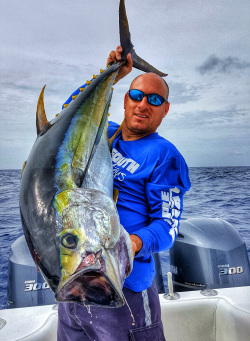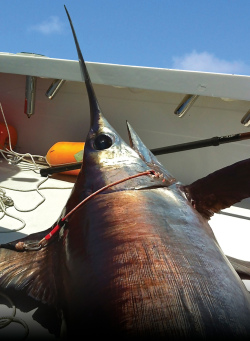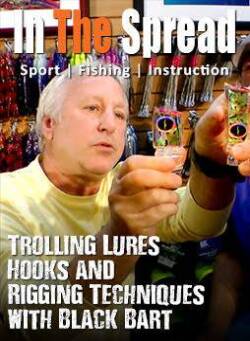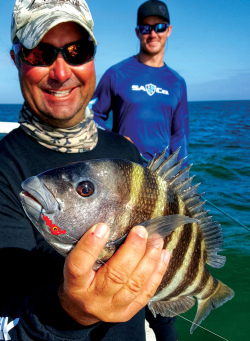Ballyhoo is the standard bait for offshore fishing, suitable for various fish such as sailfish, marlin, swordfish, dolphin, wahoo, and dredge. Learn step-by-step how to rig ballyhoo for sailfish, including wax thread, hooks, crimps, pliers, compact skirts, rigging needle, along with a snub leader and securing the hook.
Ballyhoo - Bait Rigging Aussie Garfish
(00:17:03)
Watch Full Video
View Short Trailer
Instructor:
Chris Rushford
Description
/
Review
/
Instructor
Summary Video:
- Ballyhoo is vital bait for sailfish, white marlin, striped marlin, and other marlins.
- Ballyhoo is a natural food source for these species and knowing how to rig it is essential.
- Components: wax thread, hooks, snub leader, and others.
- Stitching a Harness: See how to effectively stitch a harness to the ballyhoo.
- Details on attaching the skirt and connecting the hook to the bait.
Login
to leave a review.
User Reviews

Robert
12.14.2023
0

Benjamin
12.14.2023
0
John Turner
06.27.2022
0
william ashworth
04.21.2022
0
Mark
04.04.2020
0
We Recommend
0




